Ginkgo Water Requirements: How To Water Ginkgo Trees
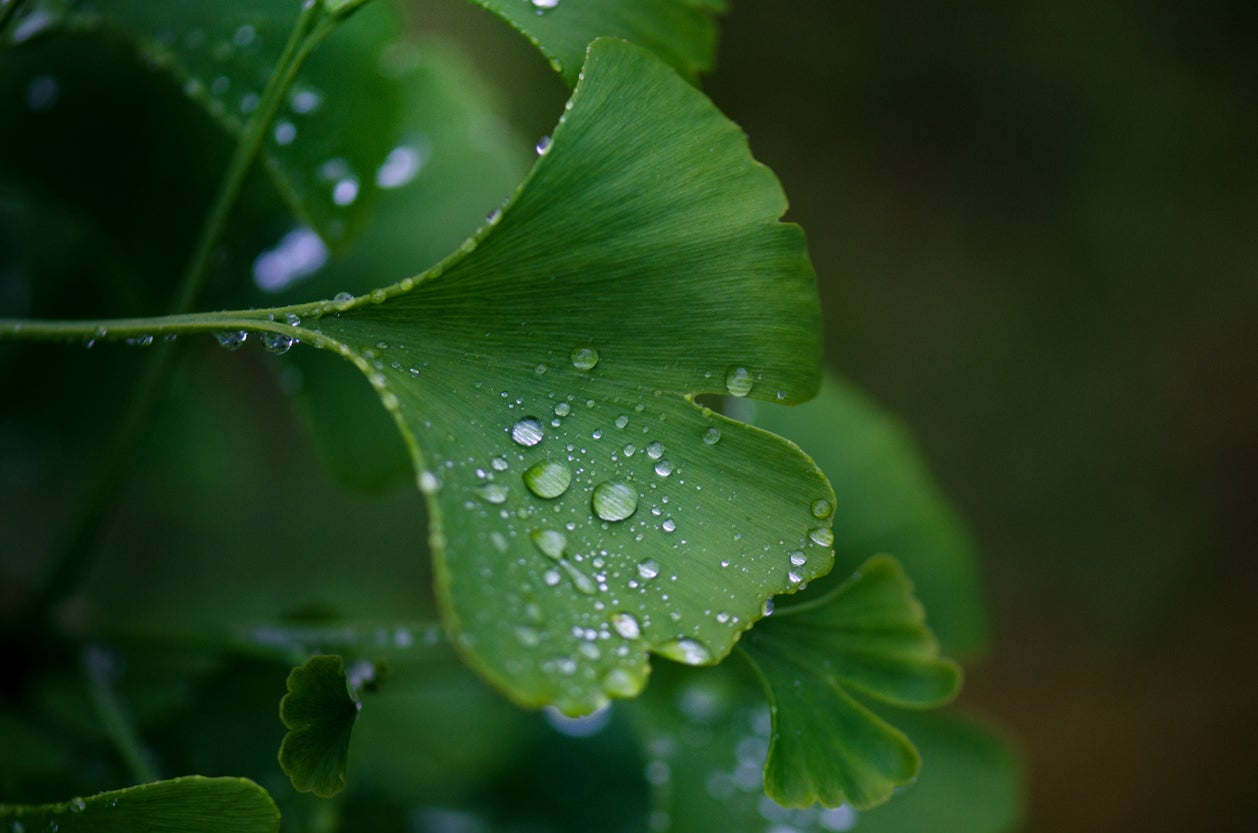

A ginkgo tree, also known as maidenhair, is a special tree, a living fossil, and one of the most ancient species on the planet. It’s also a lovely ornamental or shade tree in yards. Once ginkgo trees are established, they require little maintenance and care. But considering ginkgo water requirements will help you ensure the trees in your garden are healthy and thriving.
How Much Water Does Ginkgo Need?
Watering ginkgo trees is similar to other trees in the landscape. They tend towards needing less water and being more tolerant of drought than overwatering. Ginkgo trees do not tolerate standing water and soggy roots. Before even considering how much to water your tree, be sure you plant it somewhere with soil that drains well.
During the first few months after you plant a young, new tree, water it nearly every day or a few times a week. Water the roots deeply to help them grow and establish. Just avoid soaking the soil to the point of being soggy.
Once established, your ginkgo tree will not need a lot of additional watering. Rainfall should be adequate, but, for the first few years, it may need some extra water during dry and hot spells of summer weather. Although they tolerate drought, ginkgoes still grow better if provided with water during these times.
How to Water Ginkgo Trees
You can water your young, establishing ginkgo trees by hand with a hose or with an irrigation system. The former may be the better choice because these trees don’t need regular watering once established. Just use the hose to soak the area around the trunk where the roots are for several minutes.
Ginkgo tree irrigation can be problematic. With a sprinkler system or another type of irrigation, you run the risk of overwatering. This is especially true with more mature trees that really don’t need much more than regular rainfall. If you water your grass with a timed sprinkler system, make sure it is not watering the ginkgo too much.
Gardening tips, videos, info and more delivered right to your inbox!
Sign up for the Gardening Know How newsletter today and receive a free copy of our e-book "How to Grow Delicious Tomatoes".

Mary Ellen Ellis has been gardening for over 20 years. With degrees in Chemistry and Biology, Mary Ellen's specialties are flowers, native plants, and herbs.
-
 Types Of Tomatoes Explained: Explore The Many Wonderful Shapes, Colors, Flavors, & Best Uses
Types Of Tomatoes Explained: Explore The Many Wonderful Shapes, Colors, Flavors, & Best UsesThe world of tomato varieties is vast and fascinating. Learn about the key types to grow in your garden, tailored to your preferences and space.
By Amy Grant
-
 Try The Trend – Turn Any Bed Into A Keyhole Garden With This Clever In-Ground Composter
Try The Trend – Turn Any Bed Into A Keyhole Garden With This Clever In-Ground ComposterKeyhole gardening is an efficient and sustainable practice that saves space. Get started on this DIY project quickly and easily with an in-ground composter.
By Bonnie L. Grant
-
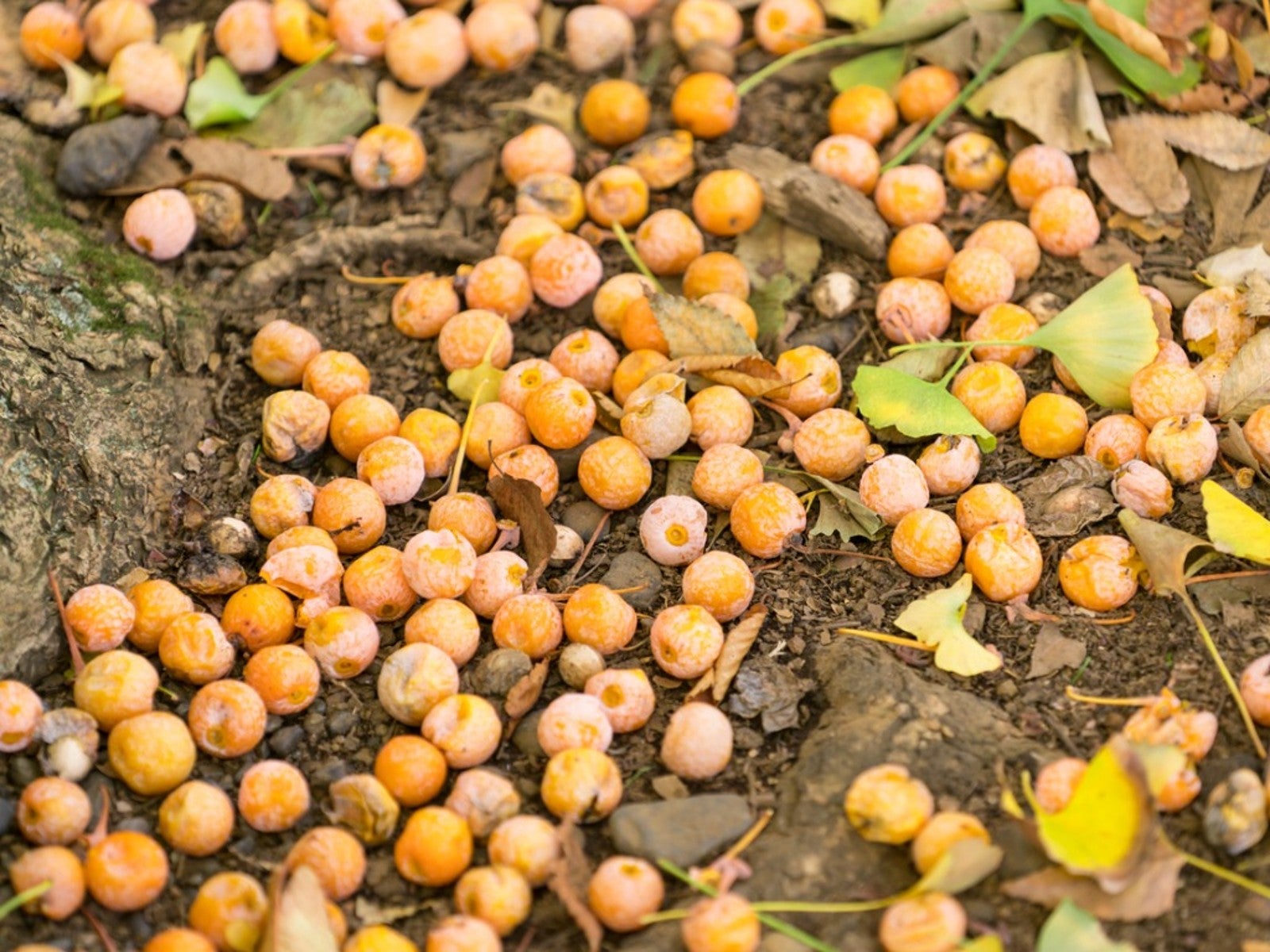 How To Get Rid Of Smelly Ginkgo Biloba Fruit
How To Get Rid Of Smelly Ginkgo Biloba FruitIt is possible to avoid the ginkgo smell with a little planning. Eliminating the odor, however, is a different story! Click here for more.
By Teo Spengler
-
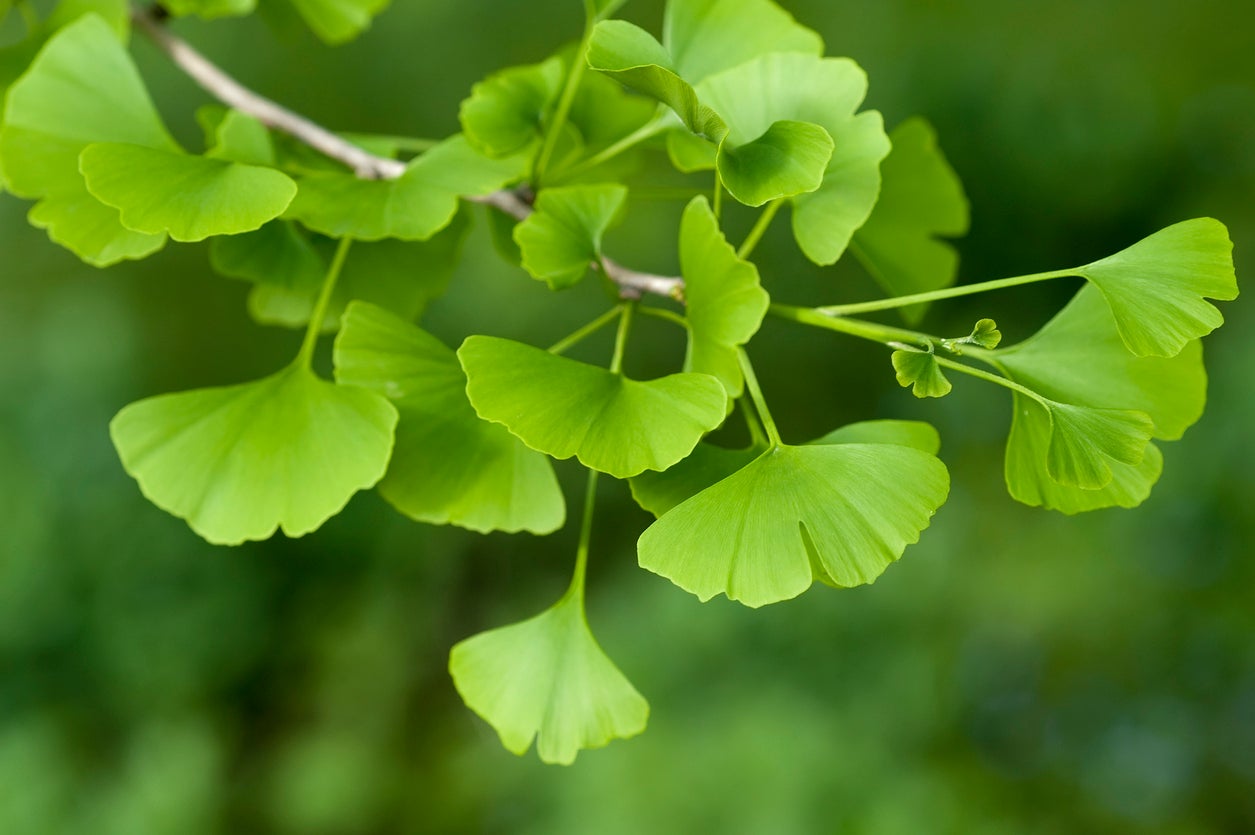 Feeding Ginkgo Trees: Learn About Ginkgo Fertilizer Needs
Feeding Ginkgo Trees: Learn About Ginkgo Fertilizer NeedsAs you might imagine, fertilizing ginkgo trees is rarely necessary and the tree is adept at managing on its own. However, you may want to feed the tree lightly if growth is slow or if leaves are pale or smaller than usual. This article will help get you started.
By Mary H. Dyer
-
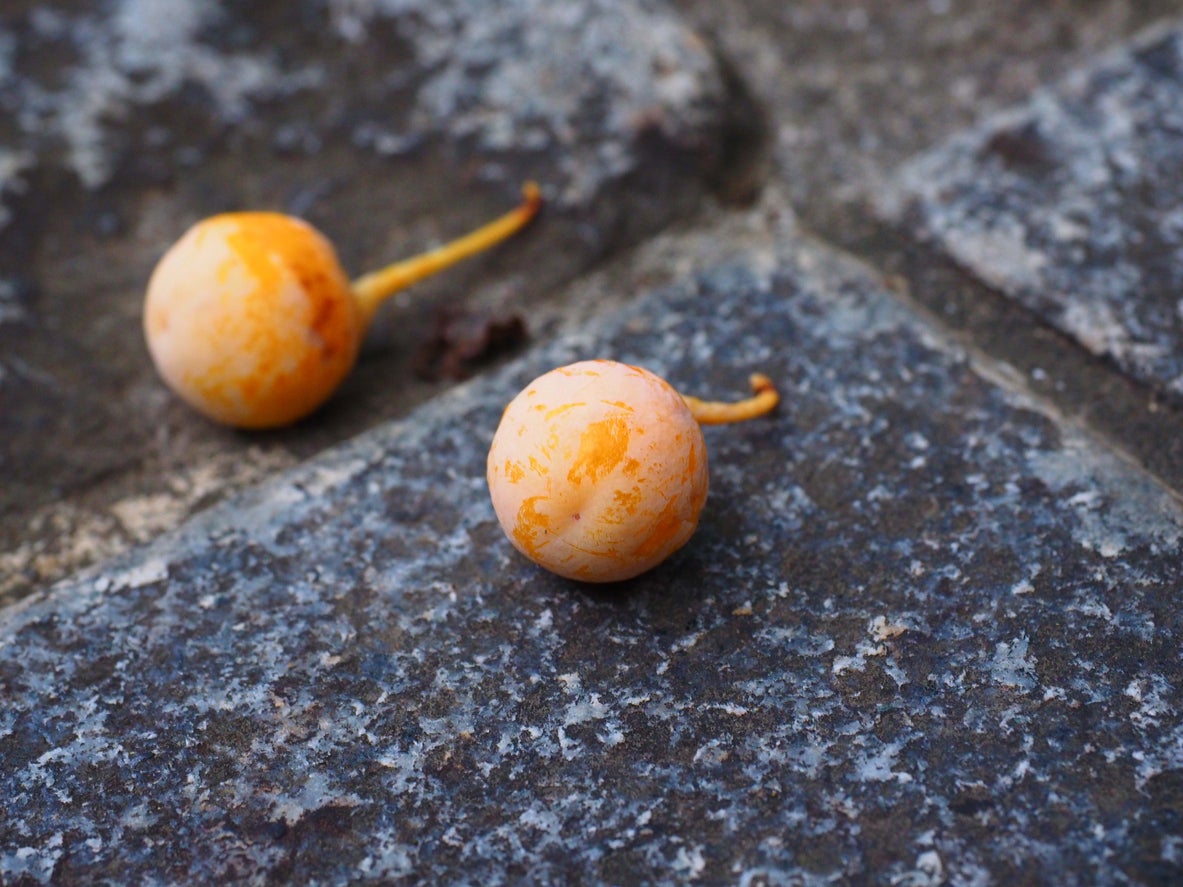 Ginkgo Seed Propagation Guide – How To Plant Ginkgo Seeds
Ginkgo Seed Propagation Guide – How To Plant Ginkgo SeedsOne of our oldest plant species, Ginkgo biloba can be propagated from cuttings, grafting or seed. The first two methods result in plants much quicker, but growing ginkgo trees from seed is an experience not to be missed. Click here for tips on planting ginkgo seeds.
By Bonnie L. Grant
-
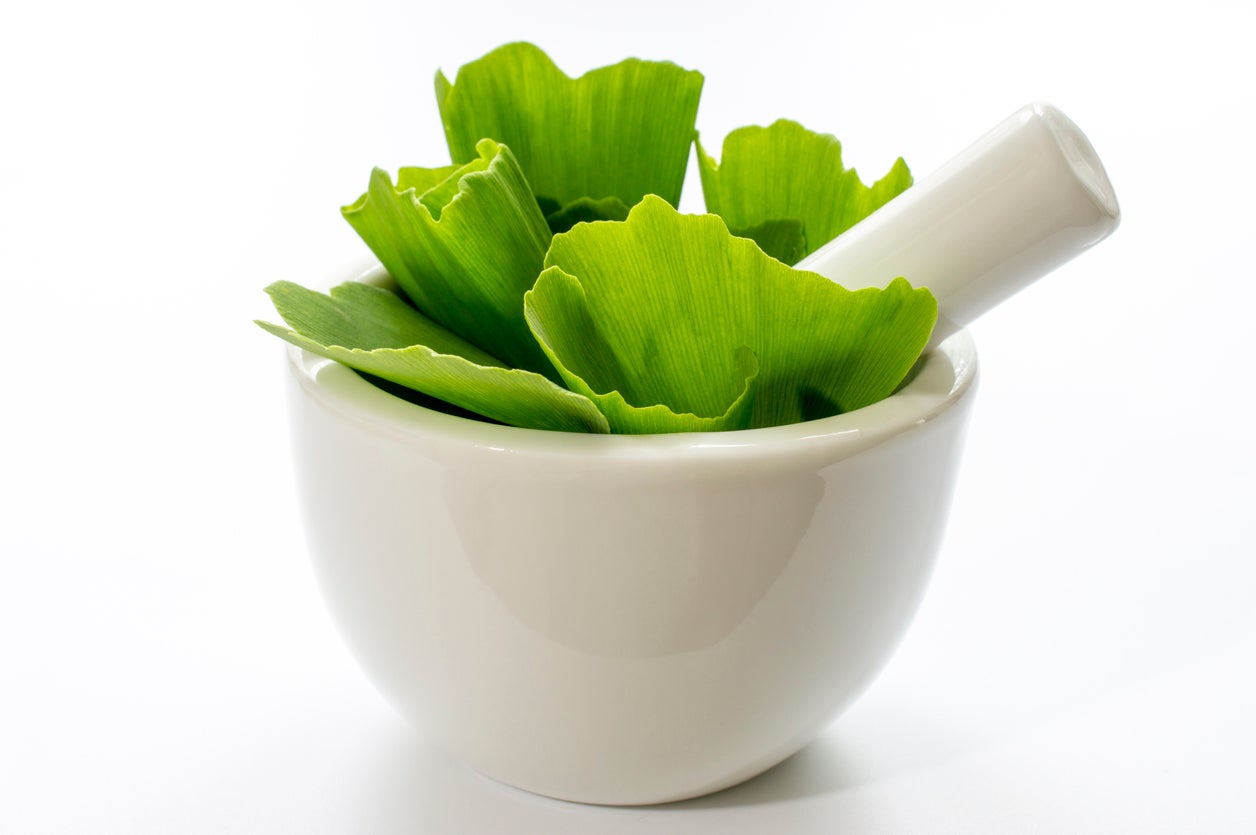 Is Ginkgo Good For You – Learn About Ginkgo Health Benefits
Is Ginkgo Good For You – Learn About Ginkgo Health BenefitsMedicinal ginkgo has been in use for at least 5,000 years and probably even longer. Modern ginkgo health benefits target memory and prevent certain signs of brain aging, but there are more historical uses for the plant. Learn what they are in this article.
By Bonnie L. Grant
-
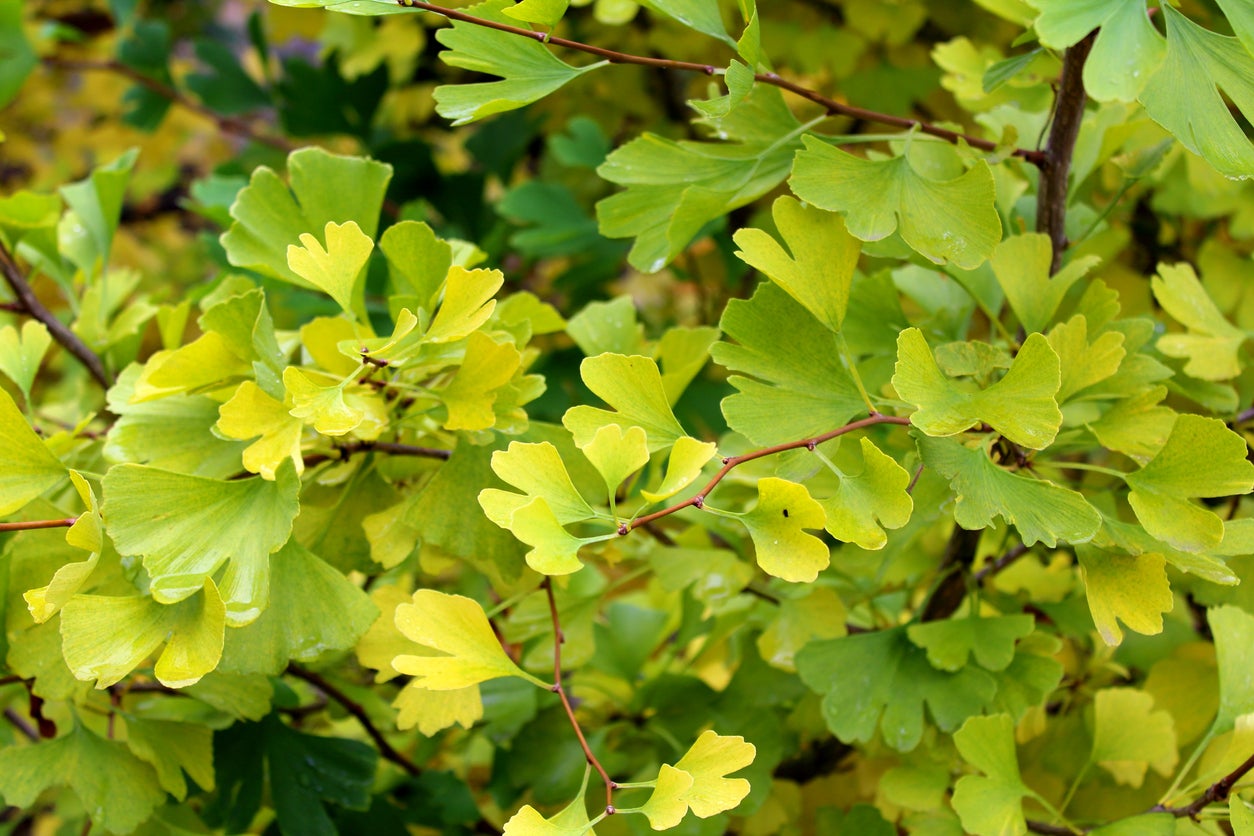 Managing Sick Ginkgo Trees: How To Control Diseases Of Ginkgo Trees
Managing Sick Ginkgo Trees: How To Control Diseases Of Ginkgo TreesGiven how long the ginkgo trees have survived on the planet, it won’t surprise you to learn that they are generally strong and healthy. Still, ginkgo tree diseases do exist. Click here for information about the diseases of ginkgo with tips for managing sick ginkgo trees.
By Teo Spengler
-
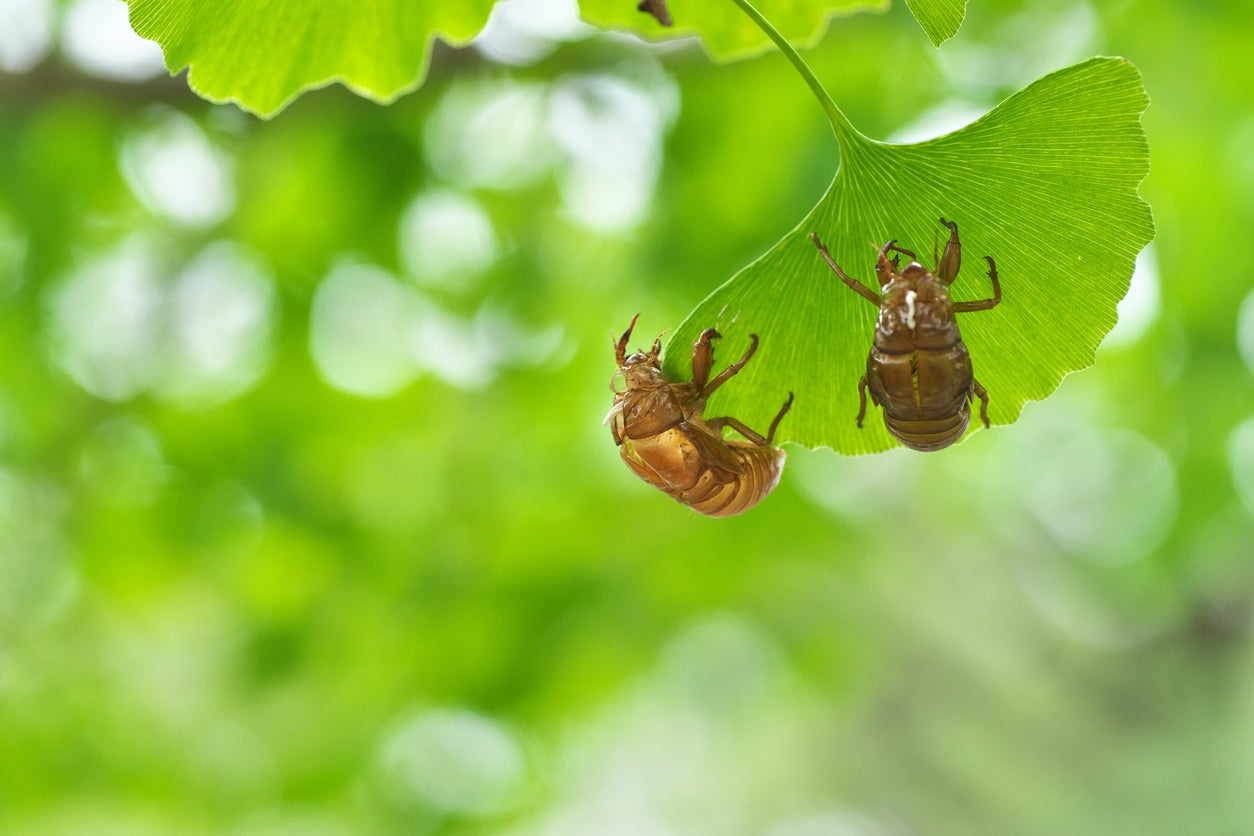 Ginkgo Insect Problems: Are Pests On Ginkgo Trees Serious
Ginkgo Insect Problems: Are Pests On Ginkgo Trees SeriousEven though there are very few bugs that prey on ginkgo trees, that doesn’t mean the species doesn’t have its share of ginkgo insect problems. So what kinds of ginkgo pests might be found on the tree? Click on the following article to learn more.
By Amy Grant
-
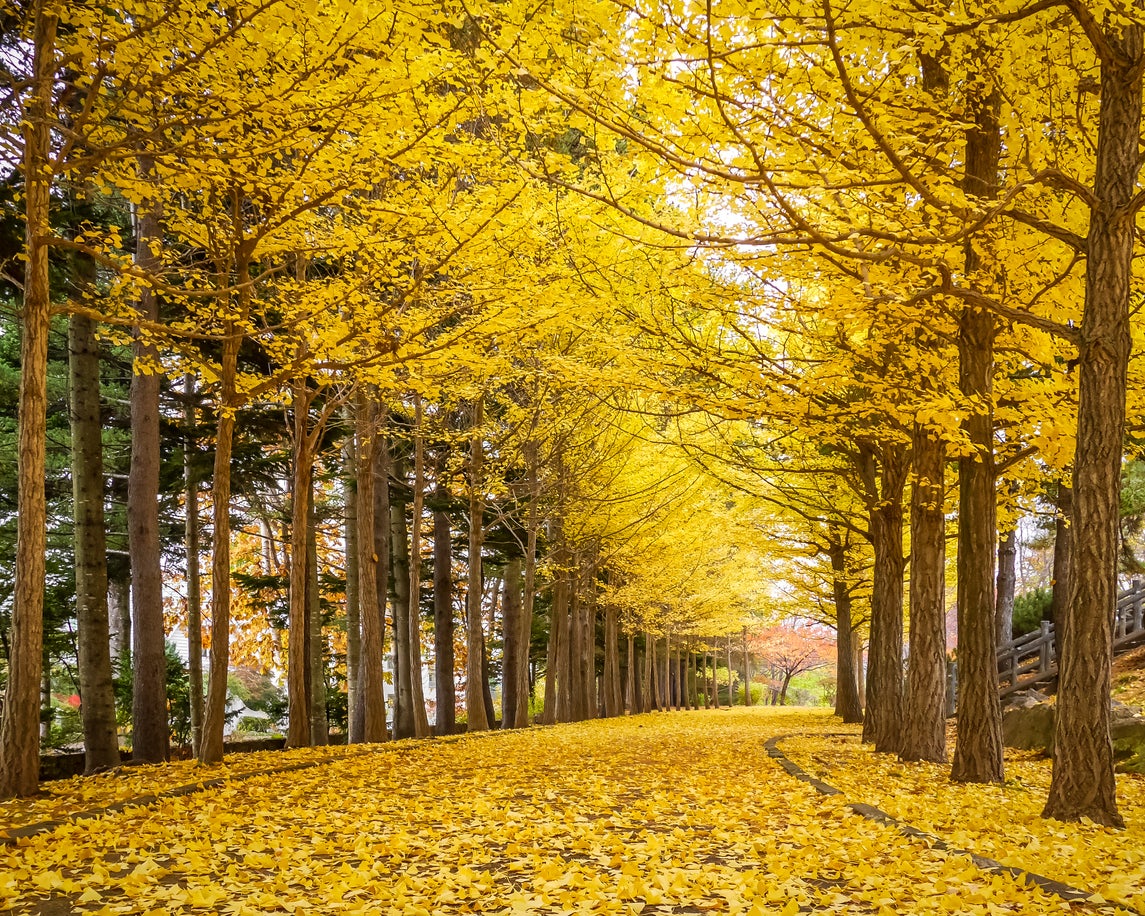 Common Ginkgo Cultivars: How Many Kinds Of Ginkgo Are There
Common Ginkgo Cultivars: How Many Kinds Of Ginkgo Are ThereGinkgo trees are unique in that they are living fossils, largely unchanged for nearly 200 million years. In the landscape, different kinds of ginkgo can be big shade trees and attractive ornamental additions to gardens. Learn about different varieties in this article.
By Mary Ellen Ellis
-
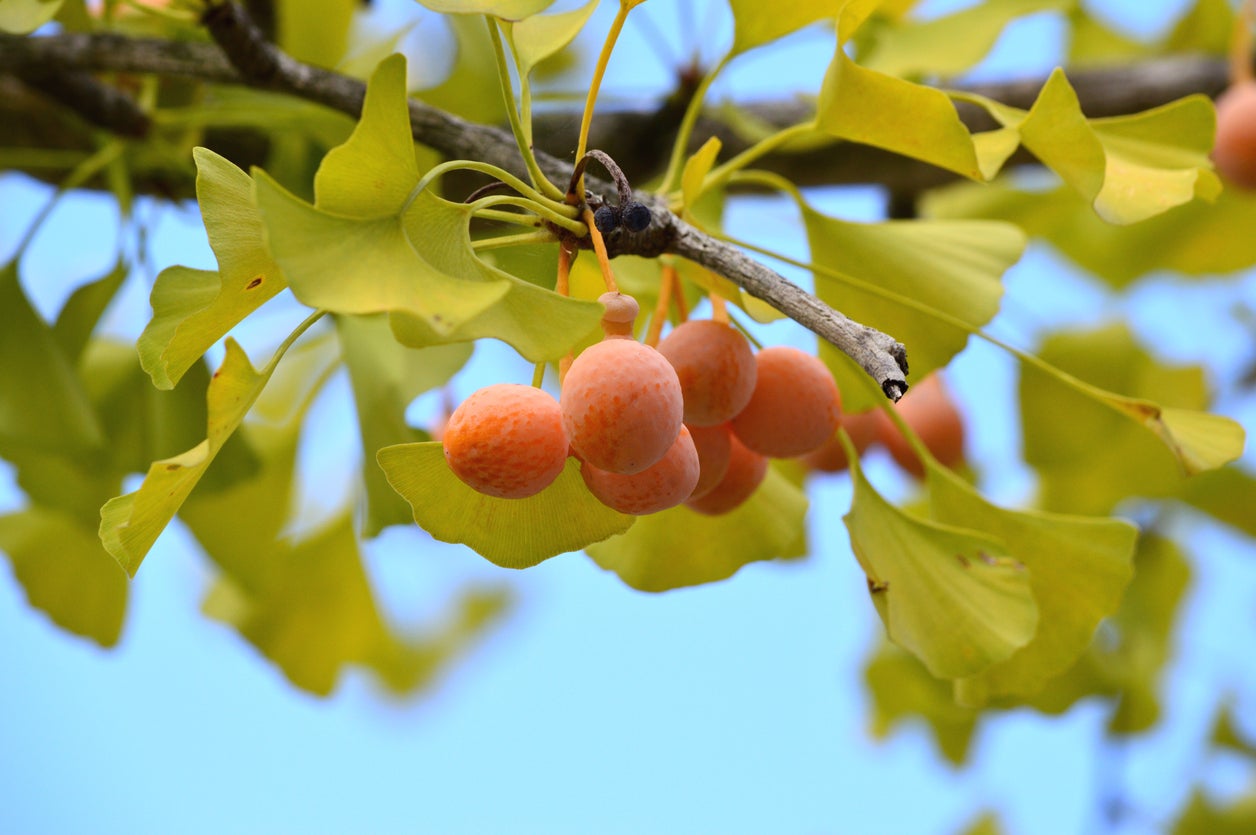 Eating Ginkgo Nuts: Information About The Fruits Of Ginkgo Trees
Eating Ginkgo Nuts: Information About The Fruits Of Ginkgo TreesGinkgo biloba has made something of a name for itself as a restorative for memory loss is extracted from the dried leaves. Ginkgo also produces rather odoriferous fruit. Stinky the fruit may be, but can you eat ginkgo fruit? Click this article to find out.
By Amy Grant